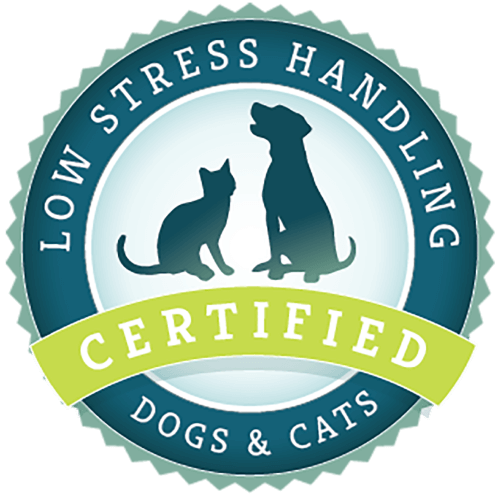What article are you looking for?
Category: Trainer
Dog Bite Prevention: How Kids and Adults Should Greet Dogs Safely
The Center for Disease Control estimates that 4.5 million Americans are bitten by dogs every year. Nearly 20% of those bitten seek medical attention and approximately 1000 victims per day require a visit to the hospital emergency room. Of those bitten, the most at risk are kids between 6–9 years of age. One way to prevent bites is for kids to learn how to greet and interact appropriately with dogs. The underlying cause: First off, it’s important for kids and adults to realize that some dogs are afraid of or uncomfortable with unfamiliar people. When we approach them, we think we look pretty
Why Joggers Avoid Dogs
“I was running in the bike path and my boyfriend was riding his bike next to me,” says Lisa Wells, an avid runner who has run the Boston Marathon. “All of a sudden a big Rottweiler came running out of a house towards me. I stopped and tried to stand completely still but he jumped up towards my face. I instinctively put my arm up to block my face and he bit my arm. My boyfriend chased the dog away and we ran home. My roommate, a veterinary student, made me call Animal Control and report the bite. Apparently the
Preventing Dog Bites
As Dog Bite Prevention Week is being recognized across the United States, the Center for Disease Control reports that 4.7 million Americans are bitten by dogs every year. Nearly 20% of those bitten seek medical attention and approximately 1000 victims per day require a visit to the hospital emergency room. Not surprisingly, one group at risk is animal care professionals—veterinarians, groomers, shelter workers and people who work or volunteer in the animal care field. A majority of bites could be prevented if animal care professionals recognized the warning signs and took a more sensitive and deliberate approach to handling. After spending over a year studying what makes
Puppy Play Biting Leads to Marks on Hands and Arms
Question: My Havanese puppy loves to nip my heels and the backs of my legs. When I stand like a tree, he pulls my jeans or nips my legs and then stops. I praise him and give him a treat when he sits and stops pulling at my jeans or nipping my legs. However, no sooner do I move again, he repeats his behavior. He also likes to nip my hands and arms. I am trying to teach him to kiss me instead of nip me but that is not working so well either. When he kisses me, I reward
Click and Cluck: Lesson on Animal Training from Chickens
Jan30PhoebeChickens I went through the picture in my head. Chicken number one climbs up the ladder onto a one-foot-wide platform, makes a 180-degree turn and tightropes across a narrow bridge to a second platform, where it pecks a tethered ping-pong ball, sending the ball in an arc around its post. The chicken then turns 180 degrees and negotiates a second ladder back down to ground level, where it encounters a yellow bowling pin and a blue bowling pin in random arrangement. It knocks the yellow one down first and then the blue one. Chicken number two grasps a loop tied
New Study Finds Popular “Alpha Dog” Training Techniques Can Cause More Harm than Good
“The client, an elderly couple, had a 6-year-old male, neutered Rhodesian Ridgeback that was aggressive to dogs” describes Dr. Jennie Jamtgaard, an applied animal behavior consultant and behavior instructor at Colorado State University College of Veterinary Medicine. “They had watched Dog Whisperer with Cesar Millan and seen Millan place aggressive dogs in with his group of dogs and then hold them down on their sides or back if they were aggressive. So they brought their dog to the dog park and basically flooded him [immersed him in the aggression-inducing situation].” Not surprisingly, they didn’t get far. “The female owner was trying

Low Stress Handling® Silver-Level Certification
Individual Certification at this level demonstrates to clients and employers the individual’s dedicated interest in Low Stress Handling®. Hospital Certification at this level demonstrates to clients and staff the hospital’s commitment to appropriately training staff in Low Stress Handling® methods.
Learn More
